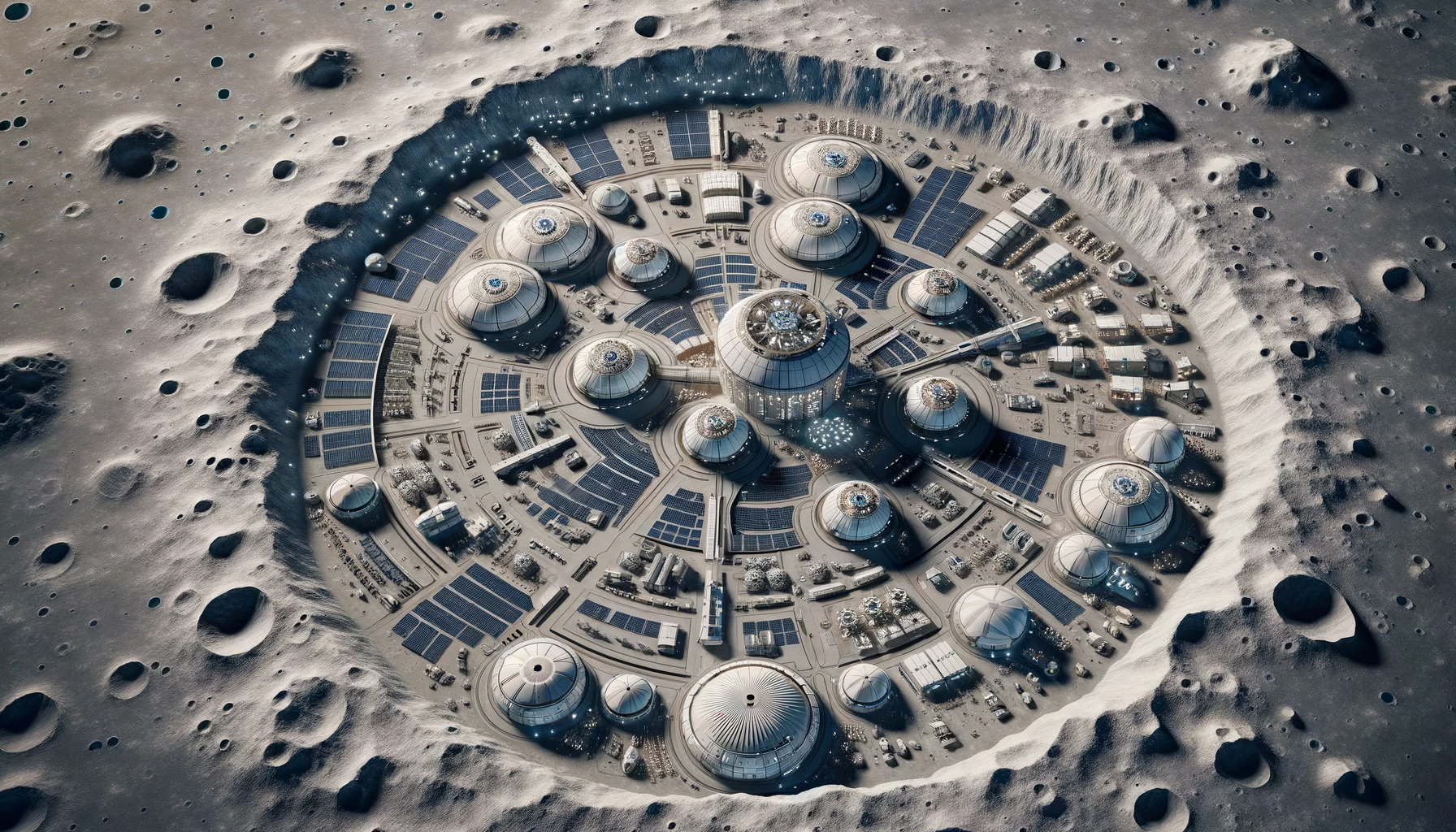Lunar Logic: Why Building a Moon Base Should Precede Mars Colonization

Building a Lunar Base: A Stepping Stone to Mars
Introduction
As humanity stands on the cusp of a new era in space exploration, the debate over our next cosmic destination intensifies. While Mars has long captured our imagination, a more strategic and pragmatic approach would be to first establish a base on the Moon. The forthcoming Artemis missions and SpaceX’s Starship program could play pivotal roles in this endeavor, heralding a new age of lunar exploration and development.
Proximity and Resupply
The Moon’s proximity to Earth is a significant advantage. At about 384,400 kilometers away, it’s a mere three-day journey. This closeness allows for easier and more frequent resupply missions, reducing the risks and costs associated with long-duration space travel. In contrast, Mars, which is about 225 million kilometers away at its closest approach, requires a journey of several months, complicating resupply and emergency support.
Testing Ground for Advanced Technologies
The Moon serves as an ideal testing ground for technologies that will be crucial for Mars exploration. For instance, developing efficient methods for dealing with lunar dust – a pervasive and abrasive substance – will provide insights into managing Martian dust. Moreover, innovations in radiation shielding, life support systems, and sustainable habitats on the Moon can directly inform the design of Martian outposts.
Artemis Missions: Pioneering Lunar Exploration
NASA’s Artemis program is set to pave the way for a sustainable human presence on the Moon. Artemis missions aim to land the first woman and the next man on the lunar surface, focusing on the exploration of the Moon’s South Pole, a region potentially rich in resources like water ice. This program will establish the necessary infrastructure for a long-term lunar base, serving as a blueprint for future Martian settlements.
SpaceX’s Starship: A Game-Changer for Lunar Logistics
SpaceX’s Starship, with its impressive payload capacity and reusability, is poised to revolutionize lunar logistics. This spacecraft can transport large amounts of cargo and personnel to the Moon, facilitating the construction and resupply of a lunar base. Starship’s capabilities align perfectly with the needs of the Artemis program and the Lunar Gateway, an orbiting lunar outpost that will serve as a multi-purpose waypoint for lunar missions.
Economic and Scientific Benefits
A lunar base would offer numerous economic and scientific benefits. It could act as a hub for lunar mining operations, tapping into resources like Helium-3, which is rare on Earth but abundant on the Moon. Additionally, the Moon’s far side offers an unparalleled environment for astronomical observations, free from Earth’s electromagnetic interference.
Conclusion
Establishing a lunar base before venturing to Mars aligns with a pragmatic and strategic approach to space exploration. The Moon’s proximity, coupled with the potential learnings in dealing with its harsh environment, makes it an ideal stepping stone. The Artemis missions and SpaceX’s Starship are critical components in this endeavor, laying the groundwork for humanity’s future in space, not just on the Moon, but eventually on Mars and beyond.